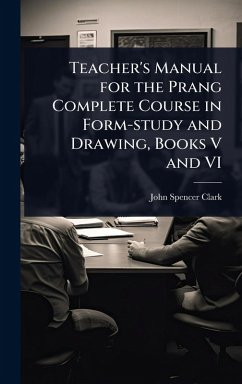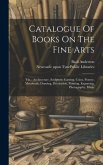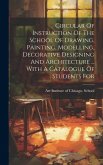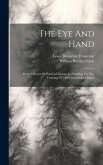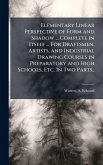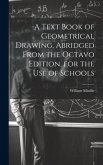This Teacher's Manual accompanies Books V and VI of the "Prang Complete Course in Form-Study and Drawing," providing comprehensive guidance for educators using this late 19th-century art education program. Authored by John Spencer Clark, the manual offers detailed instructions and pedagogical strategies for teaching drawing and form analysis to elementary students. The manual covers a range of topics including the study of the square pyramid, square prism, fleur-de-lis, frustum, ellipse, rosette, rhombus, cube, cone, isosceles triangle, ellipsoid, Biface, reversed curve, Quadrisect, top view, quatrefoil, tints and shades, equi, and cylinder. It is designed to equip teachers with the tools and knowledge needed to effectively implement the Prang method, which emphasizes observation, representation, and creative expression. A valuable resource for educators and historians of art education, this manual reflects the educational practices and artistic philosophies of its time and provides insight into the historical development of art instruction in American schools. This work has been selected by scholars as being culturally important, and is part of the knowledge base of civilization as we know it. This work was reproduced from the original artifact, and remains as true to the original work as possible. Therefore, you will see the original copyright references, library stamps (as most of these works have been housed in our most important libraries around the world), and other notations in the work. This work is in the public domain in the United States of America, and possibly other nations. Within the United States, you may freely copy and distribute this work, as no entity (individual or corporate) has a copyright on the body of the work. As a reproduction of a historical artifact, this work may contain missing or blurred pages, poor pictures, errant marks, etc. Scholars believe, and we concur, that this work is important enough to be preserved, reproduced, and made generally available to the public. We appreciate your support of the preservation process, and thank you for being an important part of keeping this knowledge alive and relevant.
Bitte wählen Sie Ihr Anliegen aus.
Rechnungen
Retourenschein anfordern
Bestellstatus
Storno

